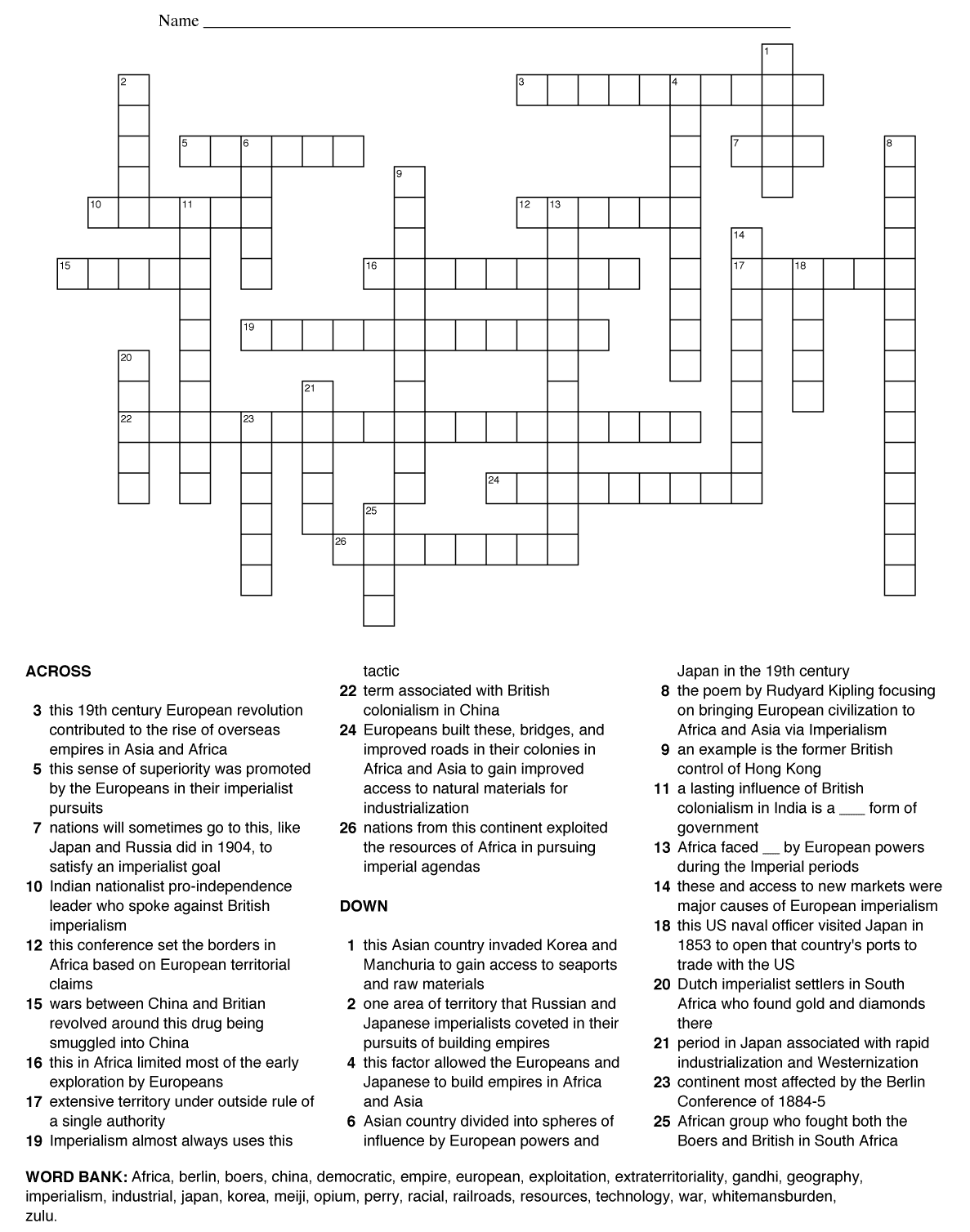Using Econometrics A Practical Guide Answer Key
Using Econometrics Practical Guide 6th Edition Solutions.pdf Using Econometrics Practical Guide 6th 19 three Diseases Caused By Bacteria And Viruses.
File Name: Size: 4167 KB Uploaded: - This page is frequently updated and contains information about the book, past and current users, and the software. This page also contains a link to all known errors in the book, the accompanying slides, and the software. Since the solutions manual is distributed electronically, all known errors are immediately fixed and no list of errors is maintained. Instructors are advised to visit this site periodically; they can also register at this site to be notified of important changes by email. (read: privacy policy).
Archives of A scholarship is money given to pay or offset school bills and lower the number of student loans you need. The quantities can range from only a few dollars to an all hen type. This latter one is often referred to as a full experience. The counseling workplaces of most high faculties will have a guide that lists the more average scholarships out there. Under are descriptions of a few of the most often used sources.
Using Econometrics A Practical Guide 6th Edition
Many organizations be glad about scholarships through the local school methods. This is a way for a company to inspire scholars to look at topics relevant to that organizations business. A few of these scholarships are free however others have a stipulation of working for that particular business upon a hit of entirety of experiences. This is a type of student mortgage, as you need to pay off it by working off the debt.
Description For courses in Econometrics. A Clear, Practical Introduction to Econometrics Using Econometrics: A Practical Guide offers students an innovative introduction to elementary econometrics. Through real-world examples and exercises, the book covers the topic of single-equation linear regression analysis in an easily understandable format. The Seventh Edition is appropriate for all levels: beginner econometric students, regression users seeking a refresher, and experienced practitioners who want a convenient reference. Praised as one of the most important texts in the last 30 years, the book retains its clarity and practicality in previous editions with a number of substantial improvements throughout. Using Econometrics: A Practical Guide includes the following features to facilitate learning: A Simple, Practical, and Easy-to-understand Introduction to Econometrics. The book’s intuitive approach omits matrix algebra and relegates proofs and calculus to the footnotes or exercises to make core concepts easier to grasp.
An example-oriented approach helps students practice and understand applied econometrics. Expanded econometric content includes new tests and procedures, such as the Breusch-Pagan test and the Prais-Winsten Approach to Generalized Least Squares.
Other expanded topics include the F-test, confidence intervals, the Lagrange Multiplier test, and the Dickey-Fuller test. Notations and explanations have been simplified and clarified throughout, particularly in difficult topics like dynamic equations, dummy dependent variables, instrumental variables, and panel data. Pedagogical Features Help Students Grasp Core Concepts. NEW! Econometric Labs are innovative learning tools, located in the appendices, that give students hands-on opportunities to use econometrics both during and after class. Stata, the econometric software package of choice among economists, is used throughout the text.
All text examples and exercises are estimated with Stata, and an explanation of the software is included in the appendix and on the website. Interactive Regression Learning Exercises help students simulate econometric analysis by giving them feedback on various decisions without requiring much computer time or instructor supervision. Answers to exercises in the text have been tripled and can be found in the appendices, allowing students to learn on their own. PowerPoint Slides throughout the text have been dramatically improved to replicate each chapter’s main equations and examples, as well as provide chapter summaries and key concept lists.
The accompanying website is the text’s best version yet. It includes all of the text’s datasets in downloadable format, a guide to using Stata, improved PowerPoint slides, and answers to the econometric labs. A Simple, Practical, and Easy-to-understand Introduction to Econometrics. Expanded econometric content includes new tests and procedures, such as the Breusch-Pagan test and the Prais-Winsten Approach to Generalized Least Squares. Other expanded topics include the F-test, confidence intervals, the Lagrange Multiplier test, and the Dickey-Fuller test. Notations and explanations have been simplified and clarified throughout, particularly in difficult topics like dynamic equations, dummy dependent variables, instrumental variables, and panel data.
Pedagogical Features Help Students Grasp Core Concepts. Econometric Labs are innovative learning tools, located in the appendices, that give students hands-on opportunities to use econometrics both during and after class. Stata, the economic software package of choice among economists, is used throughout the text. All text examples and exercises are estimated with Stata, and an explanation of the software is included in the appendix and on the website.
Answers to exercises in the text have been tripled and can be found in the appendices, allowing students to learn on their own. PowerPoint Slides throughout the text have been dramatically improved to replicate each chapter’s main equations and examples, as well as provide chapter summaries and key concept lists. The accompanying website is the text’s best version yet. It includes all of the text’s datasets in downloadable format, a guide to using Stata, improved PowerPoint slides, and answers to new econometrics labs. An Overview of Regression Analysis 2. Ordinary Least Squares 3.

Learning to Use Regression Analysis 4. The Classical Model 5.
Hypothesis Testing and Statistical Inference 6. Specification: Choosing the Independent Variables 7. Specification: Choosing a Functional Form 8. Multicollinearity 9. Serial Correlation 10.
Heteroskedasticity 11. Running Your Own Regression Project 12. Time-Series Models 13. Dummy Dependent Variable Techniques 14. Simultaneous Equations 15.
Forecasting 16. Experimental and Panel Data.